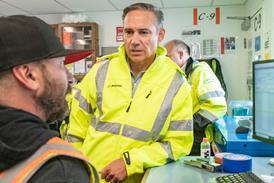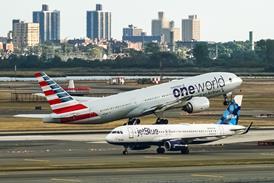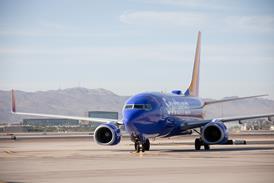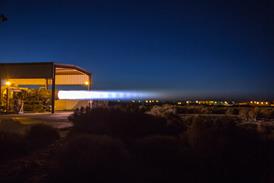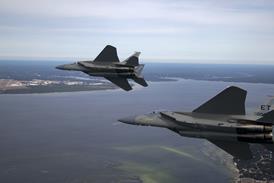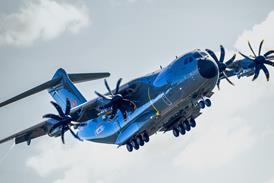EMMA KELLY / LONDON
European regionals are defending noise record and say they are being discriminated against compared to rail operators
The European Regions Airline Association (ERA) is to publish two noise studies in the next two months, one a direct comparison of noise emissions from Europe's regional airlines and the Continent's train operators.
The studies come as Europe's regional carriers believe they are increasingly being discriminated against compared to train operators, with the European Commission's (EC) recently released transport white paper dominated by rail projects.
Next month the association intends to publish a comprehensive study on the noise levels of its member airlines' fleet, which will include quantification of actual noise reductions and estimate future trends. More than 50% of the ERA fleet is less than eight years old, according to the ERA. In addition, a reference document to compare the noise performance of Europe's air transport and rail industries will be published before the end of the year. The rail/air comparison "does not make happy reading for the railways", says Mike Ambrose, director general of the ERA, which represents 80 of the continent's regional carriers.
ERA is defending its noise and environmental performance in response to what it sees as the EC's recently released "highly pro-rail" white paper on transport policy.
The white paper focuses on "infrastructure projects for the trans-European network in an attempt to reduce bottlenecks and curb congestion", with much of the continent's investment going towards "a number of critical railway projects", the EC says.
The revised document is designed to provide guidelines to "eliminate bottlenecks which are choking the network", says Loyola de Palacio, EC vice-president for energy and transport. Around c400 billion ($362 billion) will be needed to build the trans-European transport network, including c110 billion for priority projects.
None of the 17 priority projects - 11 existing ones and six new ones - is directly related to air transport. At least 11 projects directly involve rail transportation, with most focused on high-speed trains.
The EC is keen to see competition between rail and air transportation transformed into "intermodality", with high-speed train connections between cities.
The white paper says: "We can no longer think of maintaining air links to destinations for where there is a competitive high-speed rail alternative. In this way,capacity could be transferred to routes where no high-speed railservice exists."
Source: Flight International

